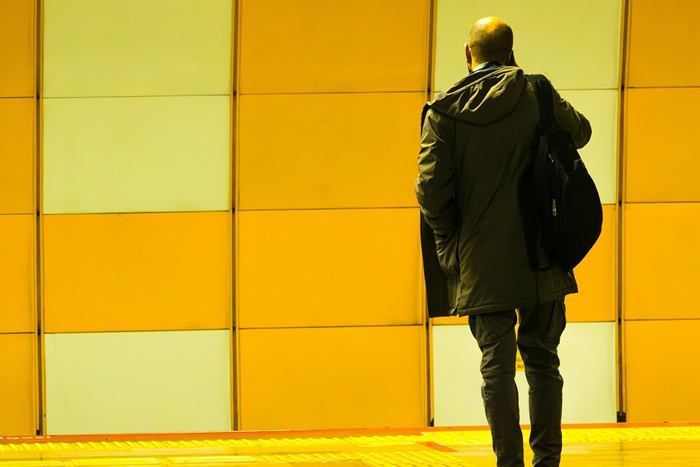
Walkability is becoming a key factor in real estate value and urban living standards. Homebuyers and investors are increasingly looking for pedestrian-friendly neighborhoods where essential services, public transport, and recreational spaces are within easy walking distance. A well-planned walkable area not only enhances quality of life but also has a direct impact on property prices, resale value, and long-term investment potential.
Walkability refers to how easily people can access amenities, workplaces, and social spaces without relying on vehicles. A well-planned walkable neighborhood ensures that residents can reach essential services, such as grocery stores, hospitals, and schools, within a short walk.
Several key factors define a highly walkable area:
A neighborhood with high walkability improves health, reduces pollution, enhances sustainability, and fosters a sense of community.
Properties in highly walkable areas often command higher prices than those in car-dependent locations. A home in a pedestrian-friendly neighborhood offers better accessibility and convenience, making it more desirable to buyers.
As cities expand, the demand for homes in strategic locations with good walkability continues to rise. Real estate in such areas tends to appreciate faster than homes in isolated, vehicle-reliant suburbs. Buyers are willing to pay a premium for homes that provide easy access to shopping centers, dining areas, workplaces, and transport hubs without requiring long commutes.
Real estate investors also recognize the value of walkable communities, as homes in such locations have strong resale potential and higher rental demand.
Living in a walkable neighborhood naturally encourages physical activity. Whether it’s walking to a local market, jogging in a nearby park, or cycling to work, residents are more active in their daily routines. This helps in reducing obesity, improving heart health, and lowering stress levels compared to people living in car-dependent areas.
Walkable neighborhoods foster a stronger sense of community. When people spend more time outdoors—walking, socializing in parks, or visiting cafes—they develop stronger connections with their neighbors. Vibrant streets filled with local businesses, open seating areas, and walkable shopping districts promote social interaction and a lively atmosphere.
Reduced car dependency lowers pollution levels and minimizes carbon emissions. Walkable areas encourage the use of bicycles, public transport, and eco-friendly commuting options, making them a sustainable choice for modern urban living. Many cities are now adopting pedestrian-first infrastructure and green spaces to combat environmental concerns.
A highly walkable neighborhood reduces transportation costs significantly. Residents spend less on fuel, car maintenance, parking, and insurance. Having access to public transport, bike-sharing services, and pedestrian-friendly routes further lowers commuting expenses, making walkable communities a financially smart choice for homeowners.
With growing demand for walkable communities, developers are prioritizing pedestrian-friendly designs in residential projects. Many modern housing communities now include:
For example, villa communities that focus on eco-friendly living and connectivity are gaining popularity. Projects designed with wide internal roads, native tree plantations, and pedestrian-friendly layouts provide residents with a healthy and sustainable lifestyle. Some premium villa developments integrate state-of-the-art amenities with walkable community features, offering a blend of comfort, accessibility, and sustainability.
Prithvi, located along the Kazhakootam-Eanchakkal corridor, offers a well-planned living environment with green spaces and easy access to key urban centers. This ensures residents can enjoy a blend of luxury and walkable convenience.
Walkability is no longer an afterthought—it is a crucial factor influencing property value, quality of life, and sustainability. Homebuyers and investors looking for long-term appreciation and a high-quality living experience should consider properties in walkable communities. As demand for pedestrian-friendly, well-connected neighborhoods grows, these locations will continue to offer strong investment potential and a superior living experience.